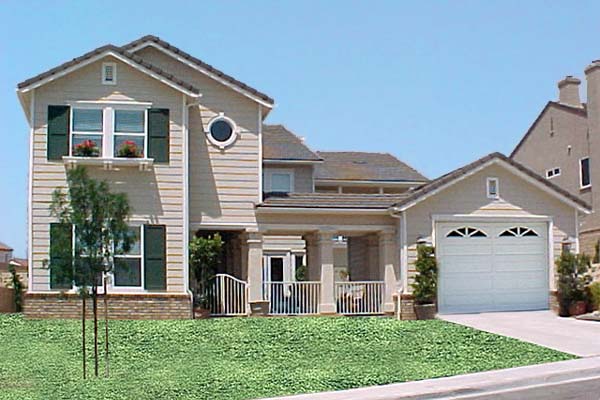VARIABLE-PAYMENT PLAN
Unveiling the Dynamics of Real Estate Financing: Exploring Variable-Payment Plans
Introduction:
Understanding Variable-Payment Plans:
A Variable-Payment Plan is a mortgage repayment schedule that allows for periodic changes in the amount of monthly payments. Unlike traditional fixed-payment mortgages, which maintain a consistent monthly payment throughout the loan term, Variable-Payment Plans introduce adaptability to meet the evolving needs of homeowners. Changes in payments can result from various factors, providing borrowers with options to align their mortgage with their financial goals.
Key Factors Influencing Variable Payments:
Expiration of Interest-Only Period (Flexible Payment Mortgage):
Some Variable-Payment Plans start with an interest-only period, during which borrowers only pay the interest on the loan. After this initial phase, payments may increase as the borrower begins repaying the principal, leading to a dynamic repayment structure.
Planned Step-Up in Payments (Graduated Payment Mortgage):
Graduated Payment Mortgages involve a predetermined schedule of payment increases over time. This planned step-up in payments allows borrowers to start with lower initial payments that gradually increase, making it an attractive option for those expecting their income to rise in the future.
Interest Rate Fluctuations (Variable-Rate Mortgage):
Variable-Rate Mortgages, also known as adjustable-rate mortgages, are influenced by changes in an index, such as the prime rate. As the index fluctuates, so does the interest rate on the mortgage, leading to changes in monthly payments. Borrowers may experience both increases and decreases in payments based on market conditions.
Pros and Cons:
Pros:
Flexibility:
Variable-Payment Plans provide flexibility to accommodate changes in borrowers' financial situations.
Affordability:
Initial lower payments may be advantageous for those with variable income or planning for future income growth.
Adaptability:
Borrowers can adjust their mortgage payments based on changes in interest rates or personal financial circumstances.
Cons:
Uncertainty:
Fluctuating payments can introduce uncertainty and challenges in budgeting.
Potential for Increased Costs:
Depending on market conditions, variable interest rates may lead to higher payments in the future.
Potential for Increased Costs:
Depending on market conditions, variable interest rates may lead to higher payments in the future.
Real-Life Considerations:
Before opting for a Variable-Payment Plan, homeowners should carefully assess their financial stability, risk tolerance, and future income prospects. Understanding the specific factors that influence changes in payments is crucial for making informed decisions. Seeking advice from financial experts and mortgage professionals can provide valuable insights tailored to individual circumstances.
Conclusion:
Variable-Payment Plans inject a dose of adaptability into the world of real estate financing. As homeowners navigate the complexities of mortgage options, understanding the dynamics of Variable-Payment Plans empowers them to make informed choices aligned with their financial goals. In the ever-evolving landscape of real estate, these flexible repayment schedules stand out as a testament to the industry's commitment to offering diverse solutions to meet the unique needs of homeowners.
MORE REAL ESTATE TERMS
A, B, C, D, E, F, G, H, I, J, K, L, M, N, O, P, Q, R, S, T, U, V, W, X, Y, Z
Featured New Home

Featured Mortgage Brokers
- REVERSE MORTGAGE SOLUTIONS INC, BETHESDA, MD
6701 DEMOCRACY BLVD STE 300
BETHESDA, MD 20817 - FIRST HERITAGE FINANCIAL, LLC, TREVOSE, PA
2655 NESHAMINY INTERPLEX DR
TREVOSE, PA 19053 - AMERICAN PACIFIC MORTGAGE, VISTA, CA
380 S MELROSE DR STE 203
VISTA, CA 92081 - FIRST PREFERENCE MTG CORP, BOWIE, MD
1525 POINTER RIDGE PL
BOWIE, MD 20716 - MOVEMENT MORTGAGE LLC, GASTONIA, NC
1000 S NEW HOPE RD
GASTONIA, NC 28054